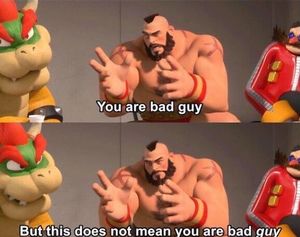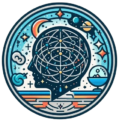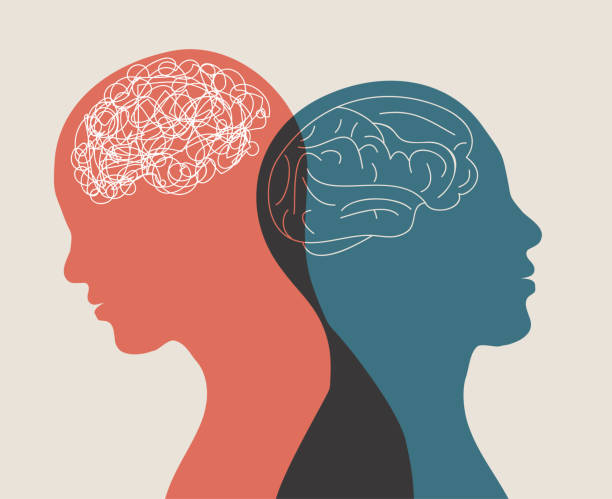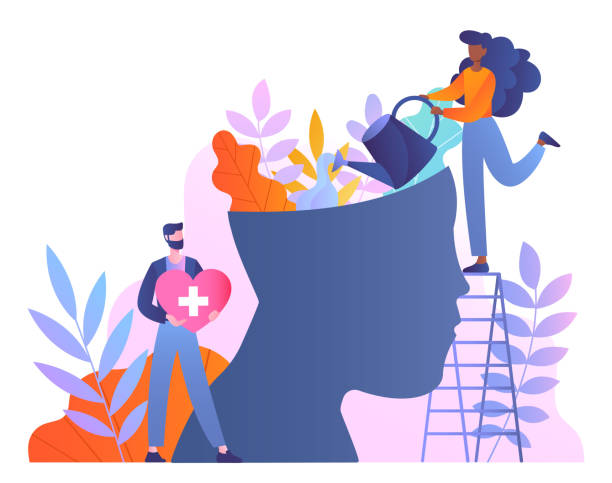Introduction
From the enigmatic Joker to the mischievous Loki and the morally complex Walter White, villains have captivated audiences across various media. Despite their nefarious deeds, these characters often garner admiration, intrigue, and even empathy. This paradox raises a compelling question: Why are we so drawn to the “bad guys“?
Read More- Main Character Energy
1. The Allure of Moral Ambiguity
Villains often inhabit the gray areas of morality, challenging the clear-cut dichotomy of good versus evil. This moral ambiguity allows audiences to explore complex ethical dilemmas and question societal norms. Characters like Walter White from Breaking Bad exemplify this, as viewers witness his transformation from a mild-mannered teacher to a drug kingpin, prompting introspection about the circumstances that lead individuals to cross moral boundaries.
Research indicates that audiences are drawn to morally ambiguous characters because they provide a safe space to explore forbidden desires and actions without real-world consequences (Tsay-Vogel, 2016). This engagement allows for a deeper understanding of human behavior and the factors that influence moral decision-making.
2. Embracing the Shadow Self
Carl Jung’s concept of the “shadow self” refers to the unconscious aspects of our personality that we repress or deny, often embodying traits we deem undesirable. Villains often personify these suppressed characteristics, allowing audiences to confront and integrate their own shadow aspects vicariously. By identifying with villains, individuals can explore facets of themselves that are typically hidden, leading to personal growth and self-awareness (Jung, 1959).

Characters like the Joker serve as mirrors to our inner chaos and unpredictability, challenging us to acknowledge and understand the darker elements within ourselves. This confrontation can be both unsettling and enlightening, offering a nuanced perspective on human nature.
3. The Antihero Appeal
Antiheroes blur the lines between heroism and villainy, often possessing traits of both. Their complexity makes them relatable and intriguing, as they reflect the multifaceted nature of humanity. Loki, for instance, oscillates between antagonist and ally, his charm and vulnerability endearing him to audiences despite his misdeeds.

Studies suggest that antiheroes resonate with viewers because they embody the internal conflicts and contradictions that individuals experience in their own lives. This identification fosters a deeper emotional connection and prompts reflection on personal values and choices (Krakowiak & Oliver, 2012).
4. Catharsis and Emotional Release
Engaging with villainous characters can provide a form of catharsis, allowing audiences to experience intense emotions such as anger, fear, and excitement in a controlled environment. This emotional release can be therapeutic, offering a safe outlet for processing complex feelings (Zillmann, 1996).

Moreover, the downfall or redemption of a villain can elicit a sense of justice or closure, satisfying the audience’s moral compass and reinforcing societal values. This dynamic interplay between transgression and consequence enhances the narrative’s emotional impact and resonance.
5. The Role of Empathy and Understanding
Villains often have backstories that humanize them, shedding light on the experiences and traumas that shaped their actions. This context fosters empathy, prompting audiences to consider the complexities of human behavior and the factors that contribute to moral deviation.
For example, understanding the abusive upbringing of a character like Darth Vader adds depth to his narrative, transforming him from a mere antagonist to a tragic figure. This empathy challenges black-and-white perceptions of morality and encourages a more compassionate worldview (Mar & Oatley, 2008).
Conclusion
Our fascination with villains stems from their embodiment of moral ambiguity, reflection of the shadow self, and the emotional catharsis they provide. By engaging with these complex characters, audiences can explore the intricacies of human nature, confront their own inner conflicts, and gain a deeper understanding of the factors that influence behavior. Ultimately, villains serve as a mirror to our own humanity, prompting introspection and growth.
References
Jung, C. G. (1959). Aion: Researches into the Phenomenology of the Self. Princeton University Press.
Krakowiak, K. M., & Oliver, M. B. (2012). When Good Characters Do Bad Things: Examining the Effect of Moral Ambiguity on Enjoyment. Journal of Communication, 62(1), 117–135. https://doi.org/10.1111/j.1460-2466.2011.01618.x
Mar, R. A., & Oatley, K. (2008). The Function of Fiction is the Abstraction and Simulation of Social Experience. Perspectives on Psychological Science, 3(3), 173–192. https://doi.org/10.1111/j.1745-6924.2008.00073.x
Tsay-Vogel, M. (2016). The Appeal of the Dark Side: Affective Disposition Theory and the Reception of Morally Ambiguous Characters. Journal of Broadcasting & Electronic Media, 60(1), 1–19. https://doi.org/10.1080/08838151.2015.1127241
Zillmann, D. (1996). The Psychology of Suspense in Dramatic Exposition. In P. Vorderer, H. J. Wulff, & M. Friedrichsen (Eds.), Suspense: Conceptualizations, Theoretical Analyses, and Empirical Explorations (pp. 199–231). Lawrence Erlbaum Associates.
Subscribe to PsychUniverse
Get the latest updates and insights.
Join 3,022 other subscribers!
Niwlikar, B. A. (2025, May 14). The Psychology of Bad Guys and 4 Reasons Why We Love Them. PsychUniverse. https://psychuniverse.com/the-psychology-of-bad-guys/



